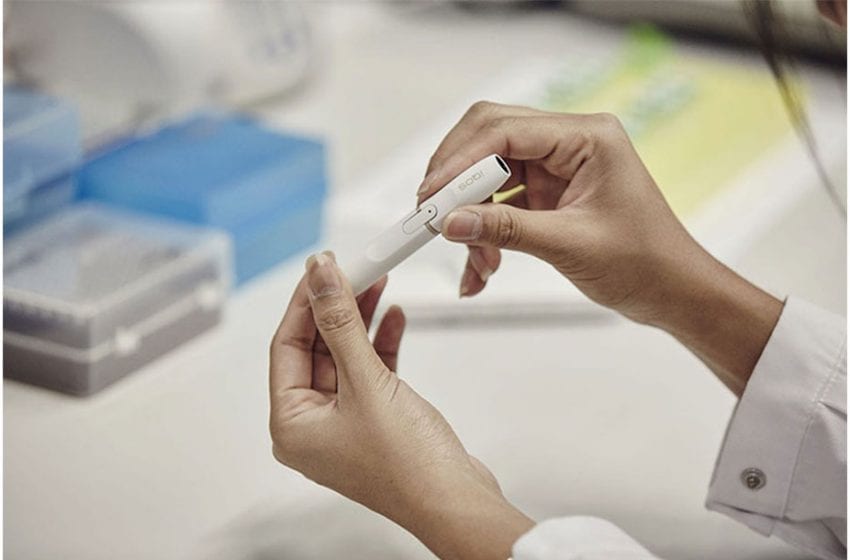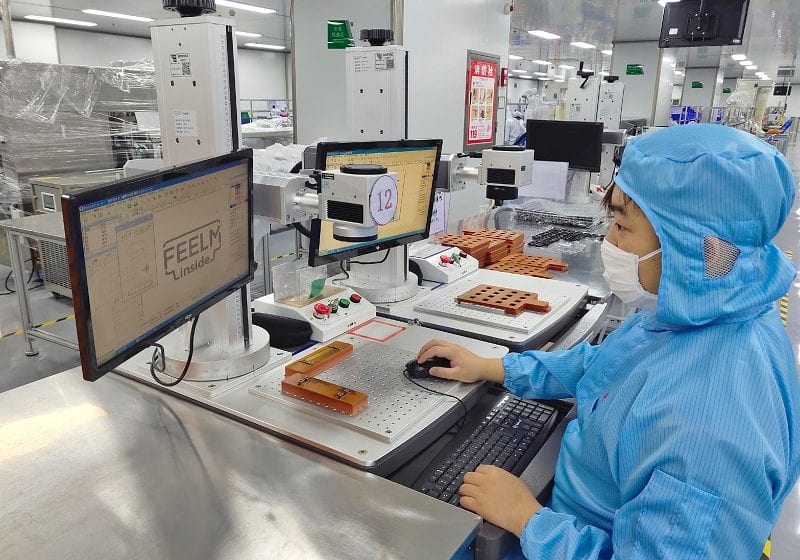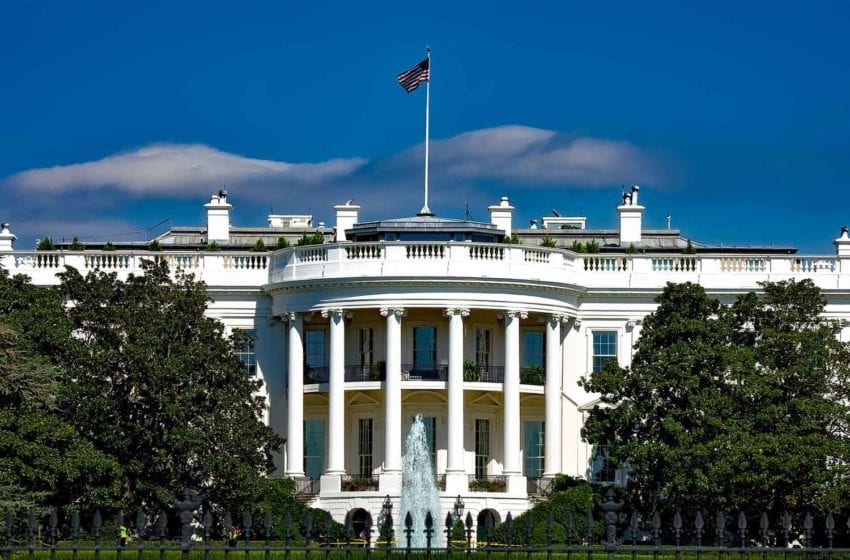
Product stewardship, which in general means the responsibility of a manufacturer for his product, is something everyone has a stake in. Regulators make sure that consumers get a product that is in a form that is supposed to be in accordance with its specifications. Because of their reputation and consumer experience, companies pursue the same goal.
More definitions of what product stewardship stands for in their respective companies were provided by panelists in the GTNF Product Stewardship panel discussion. Stefanie Miller, vice president of global scientific engagement at Juul Labs, said that when people outside the nicotine industry thought about product stewardship, labor conditions and the environment tended to be at the forefront of conversations. “At Juul, however, we’re presently in a major fight for our company because many people don’t understand the potential health benefits realized by having our product on the market.” Unlike Wall Street, where Miller worked as a tobacco industry analyst before joining Juul, Juul bases its decisions on science, she emphasized. “As product stewards, we must study every facet of our products so that we can have an open and honest discussion about how they impact adult smokers looking for less harmful alternatives. And we must hold to account those who propagate misinformation.”
As a toxicologist, Donna Smith, associate fellow of preclinical within regulatory sciences for Altria Client Services, said she worried about the individual health risk of a product. Given the right regulatory framework, she argued, the reduced-risk product (RRP) category could make a greater impact in this next decade than has been seen in the last 50 years. In her view, product stewardship consisted of three phases: First, the “identify” stage where the chemical ingredients of the product and their quality are assessed. Second, the calculation phase, during which the substances you have added to the product and the things the product is producing are determined so that the results can be compared to published values that are used in the same sense of evaluation, as is common for drugs, cosmetics or foods. Third, the “investigate/validate” phase, where your product is put through whatever biological testing the manufacturer feels necessary to demonstrate that this particular product doesn’t increase harm to the consumer. “Knowing what goes into their product and managing suppliers properly is the most important thing any manufacturer can do.”
As senior manager of global scientific engagement at Philip Morris International, Carrie Wade, who has a background in opioid addiction research, said she was sitting between the regulatory and product teams making sure everything runs smoothly. Her role in product stewardship is building trust with the stakeholders so that consumers are aware of what PMI is doing. “One thing I’d like to see improved is to reach harder-to-reach people who benefit the most from tobacco harm reduction (THR),” she related. “People with a lower socioeconomic status smoke more and die earlier. We can help them with a diversification of products and more affordable and appealing products that are less out of reach for these people.”
For Elaine Round, vice president of scientific and regulatory affairs at RAI Services Company, product stewardship starts with ingredients and safety assessments of devices and their components and requires a comprehensive quality management system as well as a postmarket surveillance system to monitor and address adverse events that may happen. “All these components go into FDA [U.S. Food and Drug Administration] applications and are being scrutinized by the agency,” she said. Product stewardship, she added, was ensuring that the reduced-risk products her company brought to market had maximized their harm reduction potential and offered the biggest possible benefit to the adult smoker.
Panelists agreed that there is still room for improvement. When Miller still worked at Wall Street, she observed how nicotine companies were unable to communicate the problem of e-cigarette or vaping product use-associated lung injury to regulators. For Round, getting a product to market is a major challenge, especially in the U.S. “RRPs are almost held to higher standards than other industries’ products because of the tobacco industry’s past,” she said.
By working in the field of product stewardship, panelists pointed out, they had been able to make a difference. Smith mentioned her team’s ability to have a lot of the infrastructure and expertise in place to move to where they see the consumer is going. Round related her pride after she and her team had put their first premarket tobacco product application together. Miller saw it as positive that Juul gets a lot of its science published. “It’s good to see it’s treated like any other legitimate science. This is the result of amazing product stewardship surrounding the product.”
To maximize efficiency of product regulation, panelists suggested to introduce consensus-type standards as are already in place for drugs and medical devices and to make sure that product standards were clearly communicated. No. 1 on their wish list, however, is the implementation of a standard for a product’s appropriateness for the protection of public health.












